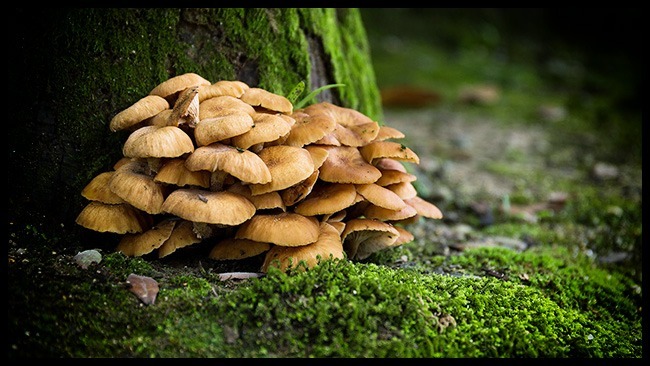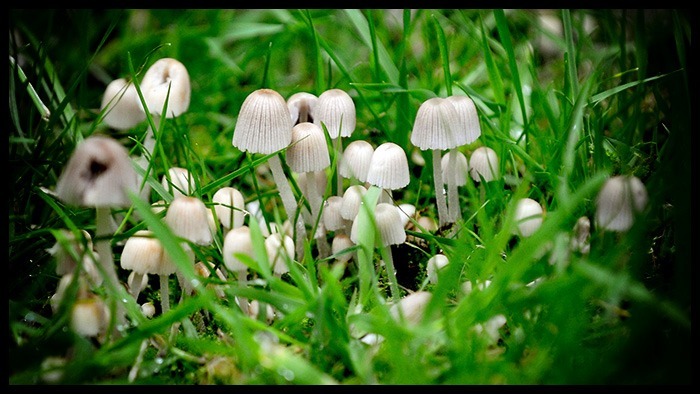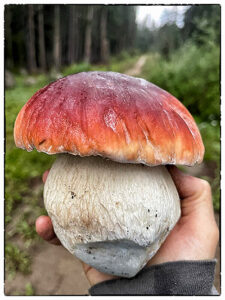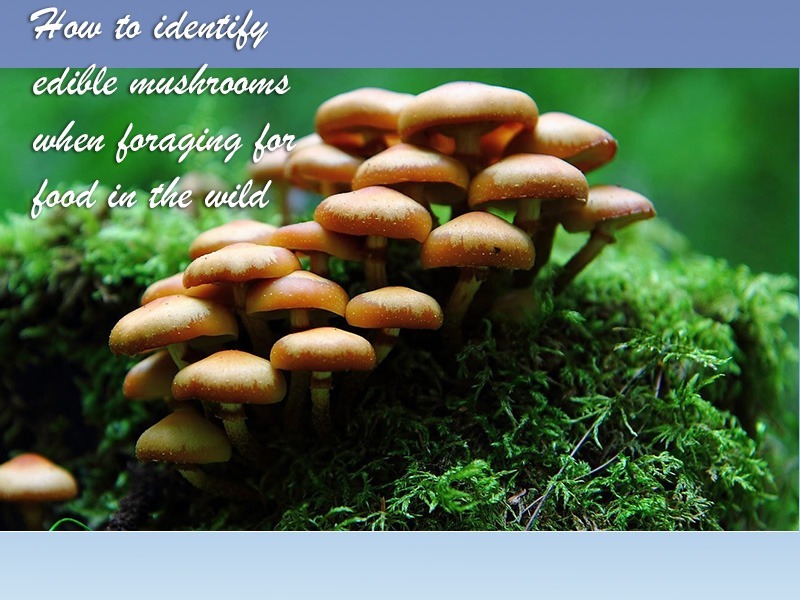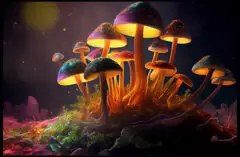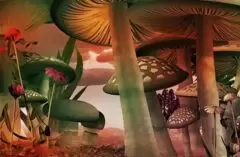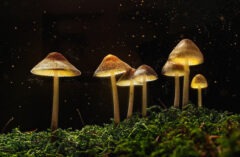Table of Contents
- 1 Learn about Different Mushroom Species
- 2 Examine the Mushroom Closely
- 3 Look at the Colour
- 4 Smell the Mushroom
- 5 Check for any Signs of Insects
- 6 Observe if Other Animals Eat Them
- 7 Collect Specimens for later Identification
- 8 Cook them Thoroughly before Consuming
- 9 Taste Test before Consuming
- 10 Check a Mushroom Guide
- 11 Look at the Texture
- 12 Look for Signs of Bruising
- 13 Be Aware of your Surroundings
- 14 Are they Growing on Wood?
- 15 Look for Wrinkles
- 16 Consider the Season
- 17 Consult an Expert
- 18 How to Avoid Poisoning
- 19 To End Things Off…
- 20 Further Reading
Last Updated on December 22, 2022 by Team Spinfuel
Foraging for wild mushrooms (or perhaps magic mushrooms) can be an exciting and rewarding outdoor activity. Not only is it a great way to get outside and explore nature, but you also get the chance to find some delicious wild mushrooms that can’t easily be found in stores.
However, it can also be dangerous if you don’t know what you’re doing, as there are many types of poisonous mushrooms. That’s why it’s essential to identify edible mushrooms before heading out into the wild.
Below are some tips for identifying edible mushrooms when foraging for food in the wild:
Before going out on a mushroom hunt, it’s essential to do your research. Learn about the different species of mushrooms that you’re likely to find in your area, as well as their identifying characteristics. This will help you narrow down which ones are safe and edible when you’re out in the wild.
Once you have identified a possible edible mushroom, take a closer look at it. Check for signs such as gills, pores, or ridges on its underside, as these can help differentiate between edible and poisonous varieties.
The colour of a mushroom can also be an indicator of whether it’s safe to eat or not. Edible mushrooms usually have white, yellow, or brownish caps, while poisonous ones tend to have brighter colours like red, blue, and green.
As an added precaution, you should also sniff the mushroom to ensure it doesn’t have a strange or off-putting odour. If it does, this could indicate unwanted toxins or bacteria and be best avoided. Edible mushrooms often have a mild, earthy smell, while poisonous ones may smell off-putting or sweet.
Insects are often attracted to mushrooms, so if you see any bugs around them, this can be a sign that they may not be safe to eat. In these cases, it’s best to err on the side of caution and avoid eating them.
If you notice animals such as birds or deer eating a specific type of mushroom, it can indicate that it’s safe to eat. While not all edible mushrooms will attract animals, many do, and observing their behaviour can help you know if they’re safe to consume.
When in doubt, it’s always best to avoid eating a wild mushroom until an expert can appropriately identify it. Try to collect some of the mushrooms you find so they can be studied more closely later. This will help ensure that any potentially dangerous species are avoided and only ones known to be safe are consumed.
Even if you are confident that a mushroom is edible, it’s still important to cook them thoroughly before eating. This will help kill any toxins or bacteria that may be present in the mushroom and make it safer to consume.
If you’re still unsure whether the mushroom is edible after checking all the other factors mentioned above, try taking a small bite. This will help you determine if there are any strange tastes or textures that could indicate the mushroom is poisonous.
If you’re still unsure, consult a mushroom field guide to double-check the mushroom identification and ensure it is safe to consume. This way, you can be sure that what you are about to eat won’t cause any harm.
Another way to identify edible mushrooms is by examining their texture. Edible mushrooms often have a firm or fleshy texture, while poisonous ones are slimy or slippery.
Once you’ve identified an edible mushroom, check it for any signs of bruising. If you notice any discoloration on the mushroom, it could indicate that it’s not safe to eat and should be avoided.
When foraging for wild mushrooms, always take note of where you are. Stick to open spaces with plenty of sunlight, and ensure you don’t wander into areas with dense vegetation or standing water, as these can be breeding grounds for dangerous fungi.
Mushrooms that grow on the wood are often safe to eat as long as they don’t show any other signs of being poisonous.
Another way to identify edible mushrooms is by looking for wrinkles. Edible mushrooms typically have smooth, wrinkle-free caps, while poisonous ones often have wrinkled or bumpy surfaces.
Furthermore, it is crucial to consider the season when searching for edible mushrooms. Different types of mushrooms tend to thrive in different seasons, so doing some research beforehand can help you narrow down which species are likely to be found at a given time of year.
If you need more confidence in identifying edible mushrooms, it’s best to consult an expert who can help guide you. This could be a mycologist, a local naturalist, or even a knowledgeable friend who knows how to correctly identify edible mushrooms in the wild. You can also find out how to buy shrooms online from someone knowledgeable on the subject.
Finally, the best way to avoid any potential poisoning is to only consume a mushroom once you’re sure it is safe. If in doubt, always err on the side of caution and opt for mushrooms from your local grocery store or farmer’s market instead.
Foraging for wild mushrooms can be an exciting and rewarding experience as long as you take all the necessary precautions. By following these tips for identifying edible mushrooms, you can ensure that your next foray into the outdoors is safe and enjoyable. With some knowledge and patience, you’ll soon become confident in finding delicious, nutritious wild mushrooms!
Further Reading
5 Great Ways Mushrooms Are Changing The Future Of Health
Best Ways to Take Shrooms (Psilocybin)






